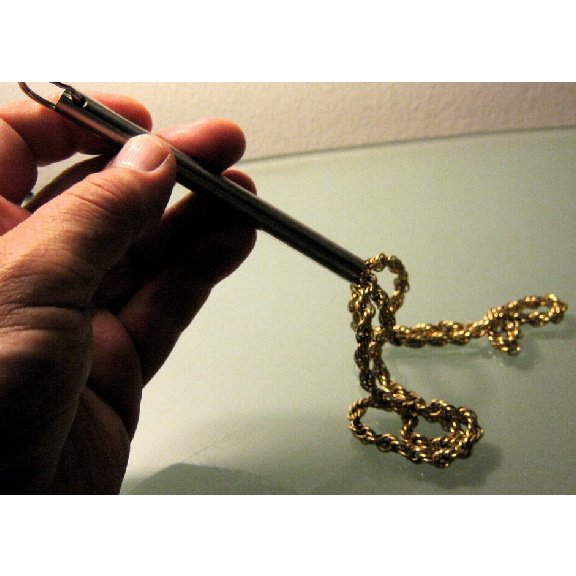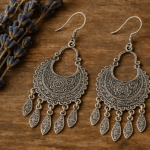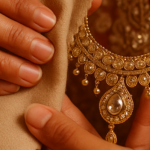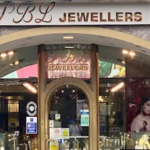Ever looked at a gold necklace and thought, “Is this real or am I being fooled?” You’re not alone! With counterfeit jewellery becoming more sophisticated, spotting the difference between real and fake gold can be a challenge. Whether you’re buying from a store or browsing online, it’s easy to get overwhelmed by the fear of being scammed. But don’t worry—there are simple ways to check if your necklace is the real deal before parting with your hard-earned money. Let’s walk through some practical steps to help you confidently identify an authentic gold necklace.
1. Look for Hallmarks
In the UK, one of the most reliable ways to spot a genuine gold necklace is by checking for hallmarks. These small but important stamps are usually found on the clasp or pendant and indicate the purity of the gold, which is measured in carats. A hallmark also shows where the gold was tested, like the London Assay Office. If the hallmark looks unclear or is missing entirely, it’s a big warning sign. If you’re ever in doubt, take the necklace to a jeweller or check with an Assay Office to confirm its authenticity.
2. Try the Magnet test

Here’s a quick test you can do at home: grab a small magnet! Gold earrings or necklace is a non-magnetic metal, meaning if your necklace is real, it won’t be attracted to the magnet. If it sticks, that’s a red flag that the necklace contains other metals like iron or nickel and is either fake or gold-plated. Just be aware that some fakes can pass this test by using non-magnetic metals, so while this is a good start, it’s not foolproof.
3. Watch for Wear and Tarnishing
One of the standout qualities of gold is that it doesn’t tarnish or rust, even after years of wear. Fake necklaces, or ones that are just gold-plated, often show signs of wear and discolouration over time. Pay close attention to the areas that rub against your skin the most, like the clasp or links. If the gold starts to wear off and a different metal shows underneath, that’s a strong indicator that the necklace is not real gold. Genuine gold will maintain its rich colour no matter how much you wear it.
4. Perform a Nitric Acid Test

If you want a more definitive answer, you can try a nitric acid test—but proceed with caution. Genuine gold will not react to nitric acid, while metals like copper or brass will show a reaction, often turning green. To do this test, scratch a small, hidden part of the necklace and apply a drop of nitric acid. Any reaction means the necklace isn’t gold. Because this test can potentially damage the jewellery, it’s best to let a professional jeweller perform it.
5. Consider the weight
Gold is a dense metal, so real gold necklaces feel heavier than fakes made from materials like brass or aluminium. If the necklace feels lighter than it should for its size, that’s a possible indicator of a fake. You can also compare the weight of the necklace to a known real gold item or ask a jeweller to weigh it for you.
6. Buy from Trustworthy sellers
The simplest way to avoid a fake gold necklace is to buy from a reputable jeweller. Whether shopping in-store or online, trusted jewellers will always provide authenticity documents, including hallmarks and details of the gold’s purity. Be especially careful with deals that seem too good to be true or sellers who can’t provide proper certification. If you’re buying secondhand, stick to established platforms or auction houses to make sure you’re getting the real deal.
By following these steps, you can confidently purchase your next gold necklace, knowing you’ve made an informed choice!



